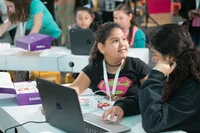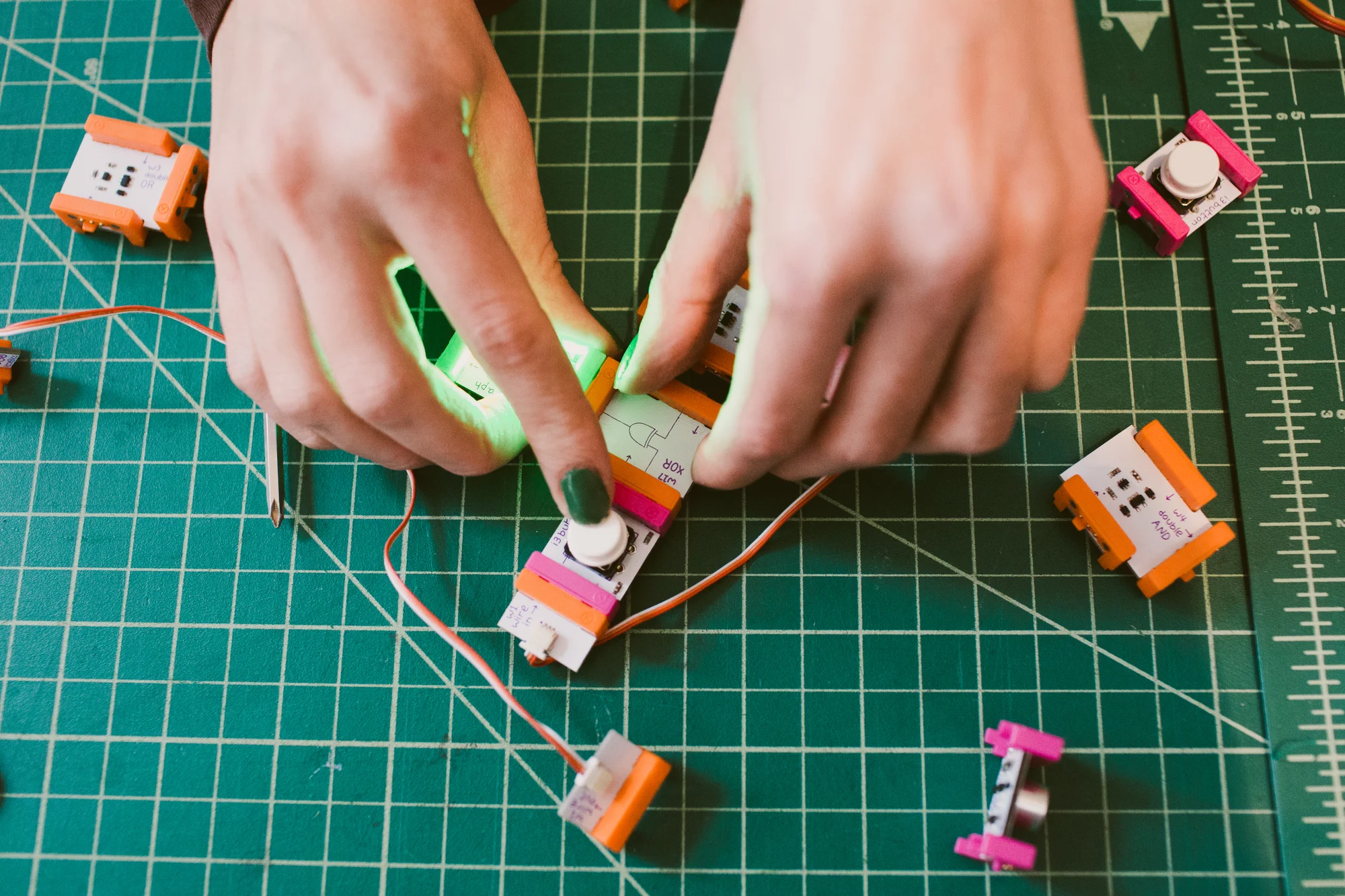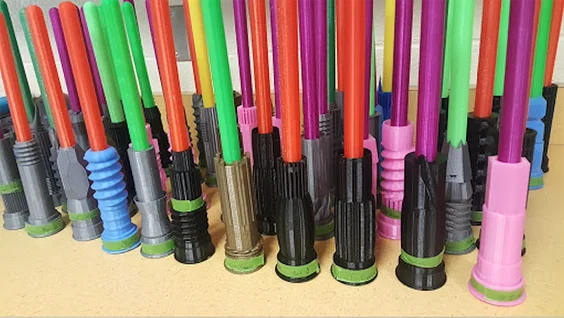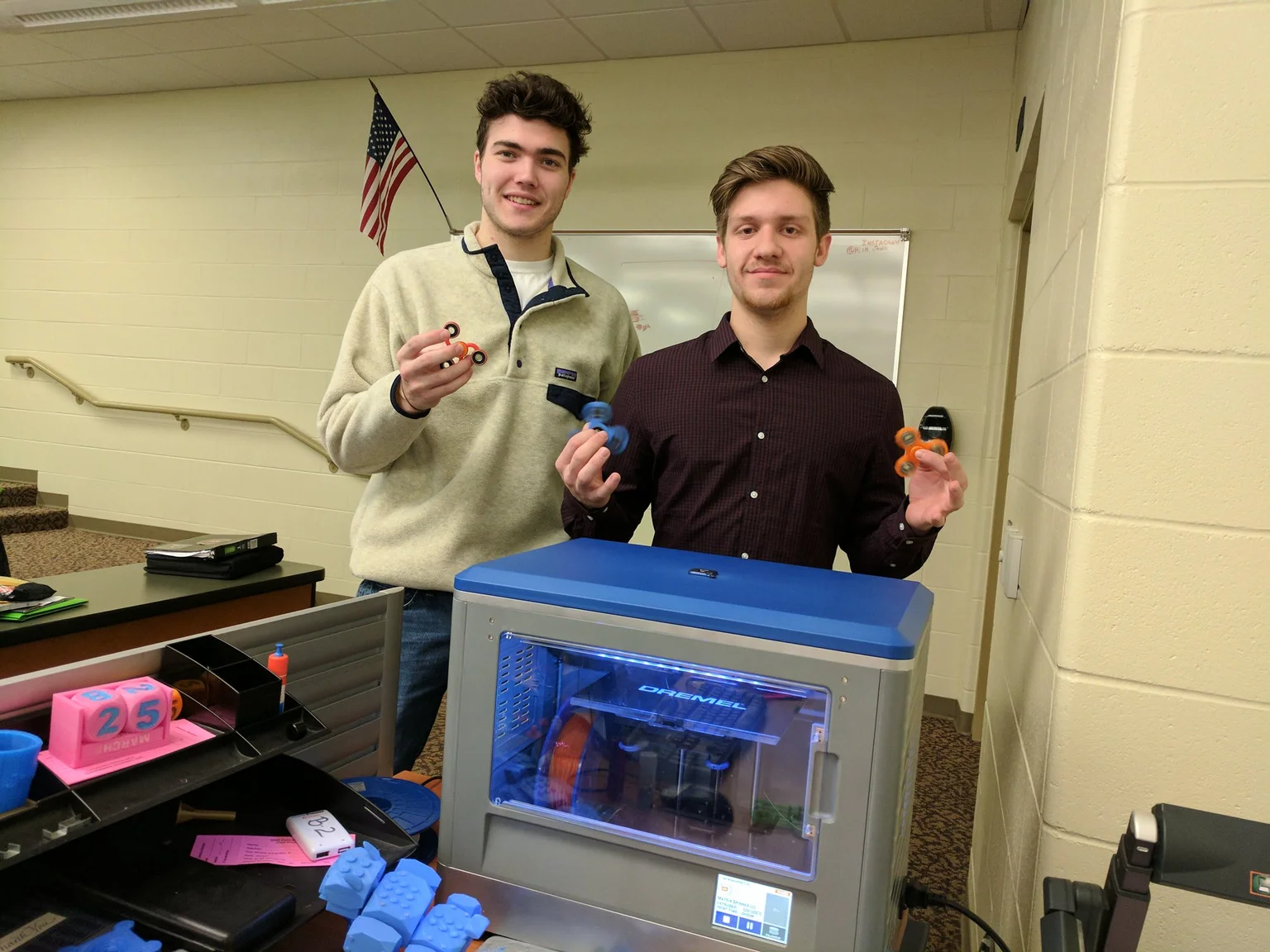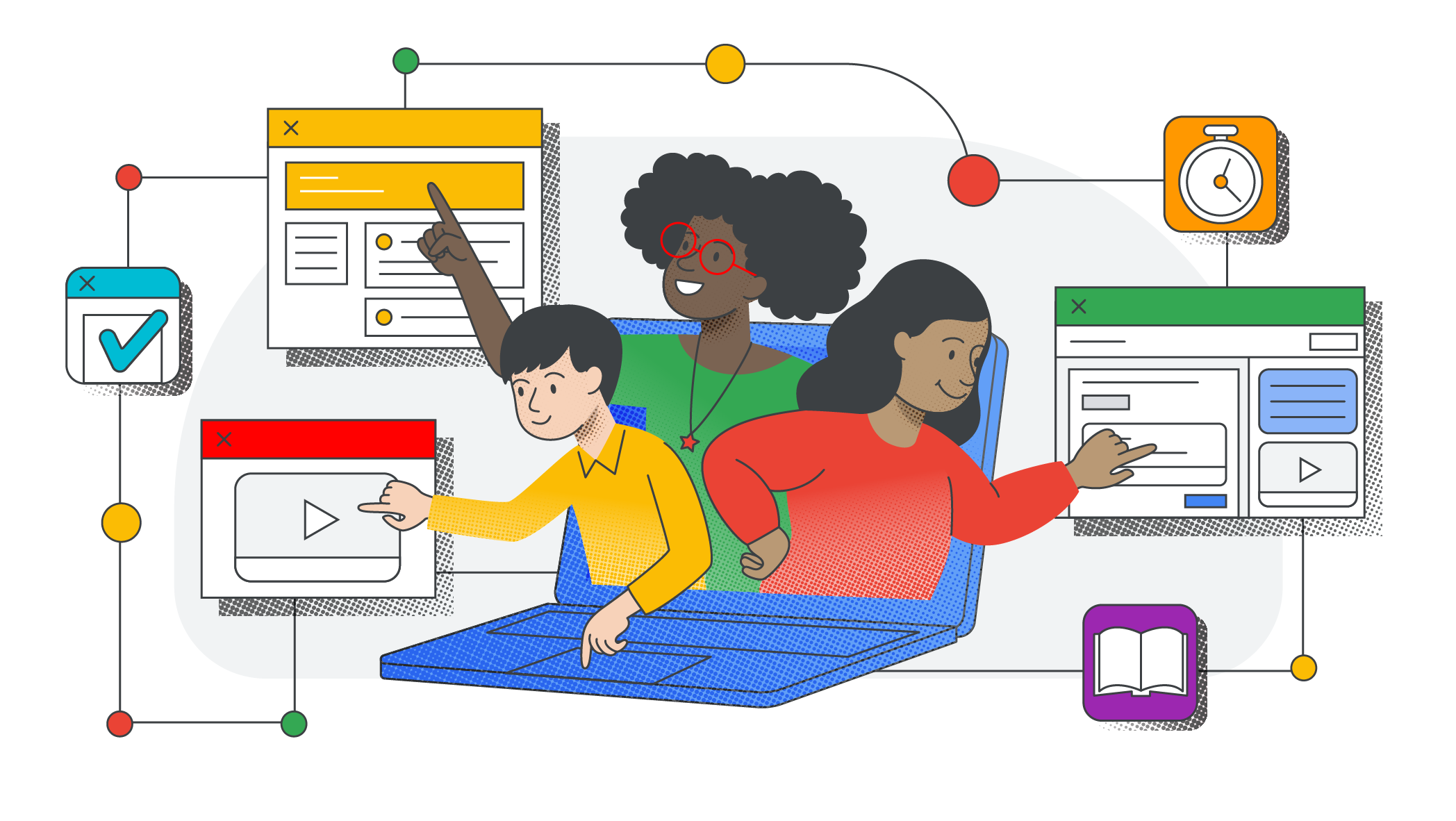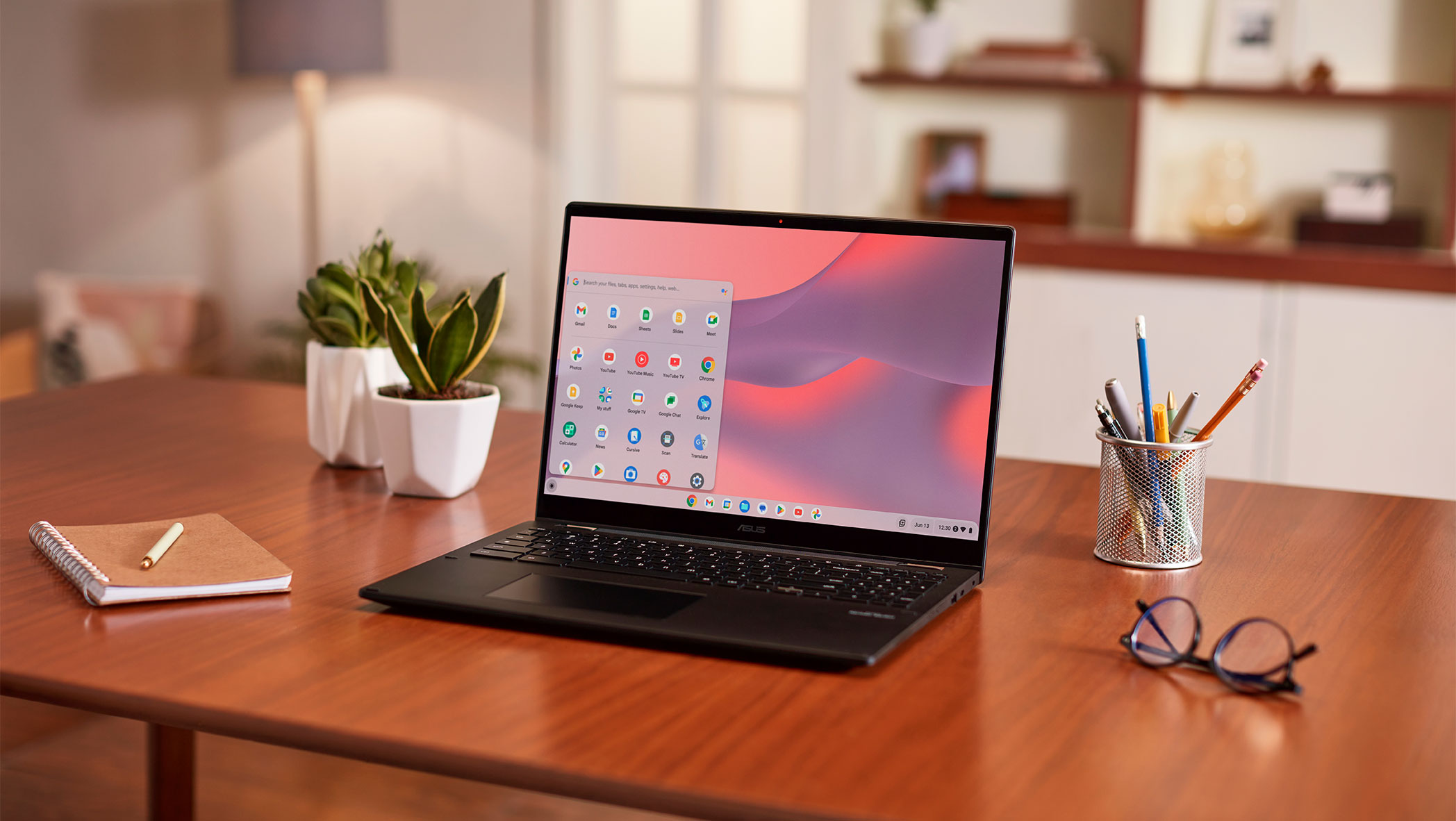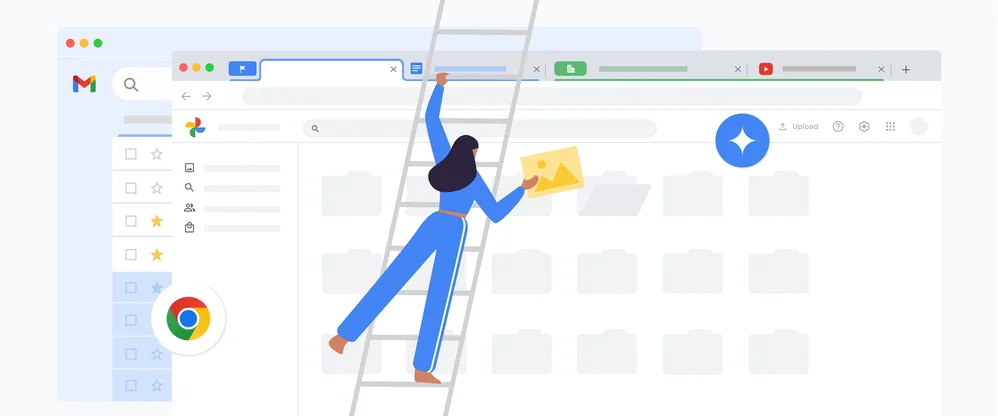How STEM tools on Chromebooks turn students into makers and inventors
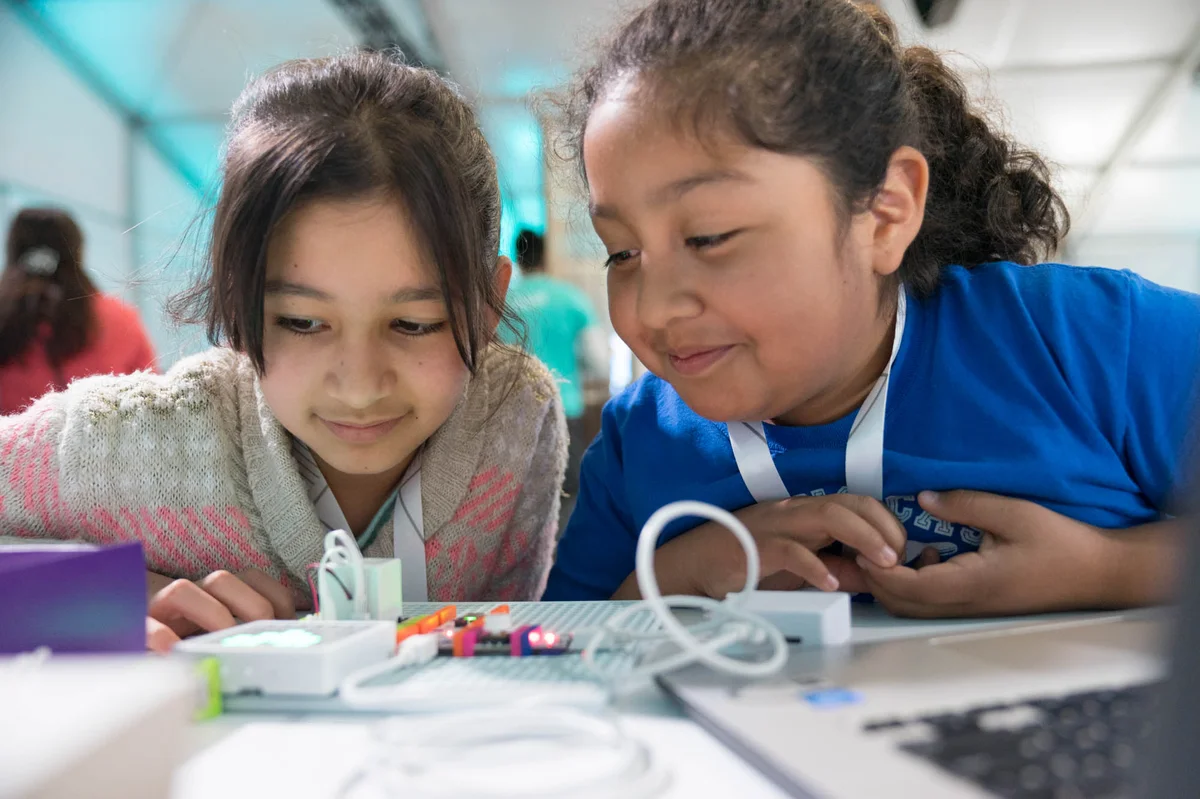
Editor's note: Over the last year, we’ve introduced new ways for students to develop important future skills with Chromebook tools, including active listening and creativity. Yesterday at ISTE we announced our latest bundles in this series, curated in collaboration with educators. In this post, we dive into the STEM tools on Chromebooks bundle, designed to help students become makers and inventors. Follow our updates on Twitter, and if you’re at ISTE in San Antonio, visit us at booth #1718 to learn more and demo these tools for yourself.
Students everywhere are exploring important concepts in science, technology, engineering and math (STEM), with a level of sophistication that’s rising every year. They’re also developing skills like problem solving and collaboration that they’ll need in higher education and, eventually, in their careers, while being exposed to real-world opportunities to be makers.
“If we want a nation where our future leaders, neighbors and workers have the ability to understand and solve some of the complex challenges of today and tomorrow, building students’ skills, content knowledge and fluency in STEM fields is essential,” the Office of Innovation & Improvement, U.S. Department of Education noted in a statement in January, 2017.
To help school districts provide more STEM opportunities to students, we’re now offering a bundle of STEM tools on Chromebooks, designed to to help students become inventors and makers. These tools are available at a special discounted price and may be purchased alongside Chromebooks or independently from U.S. Chromebooks resellers.
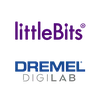
Let’s take a deeper look at the tools in the STEM bundle.
The Dremel 3D40 3D Printer was developed by Bosch, a company that has made reliable tools for builders and hobbyists for over 80 years. About the size of a microwave oven, a 3D printer “prints” solid objects, layer by layer. The 3D40 3D Printer supports design tools such as Tinkercad and BlocksCAD, that help students create three-dimensional versions of just about anything they can dream up.
Michael Miller is a K-5 technology teacher and high-school computer science teacher for Otsego Public Schools in Otsego, MI. “Students are being exposed to technology that’s now used in a lot of fields. Medical, dental, the food industry—they’re all using 3D printers,” he says. “It will definitely make students more future ready.”
Miller uses a 3D40 3D Printer with Chromebooks in his elementary and high school classes. Depending on the class, students use the tools to create anything from a light saber to a miniature model of a Wright brothers’ airplane. From components for robots to mouthpieces for flutes, his students bring a range of personal interests to the design and printing process.
It brings what they imagine in their head into their lives.
Although students often work on individual projects, Miller encourages them to solve problems together as a team. “If they need help, I expect them to look to their neighbor first before coming come to me.” Miller also sees how 3D printing can be a way to engage female students, who are often underrepresented in STEM fields today, as well as students who are less likely to speak up in class. “I had a high school student—a very reserved student—and it helped him feel more ownership in the class. It gave him a greater sense of belonging when he could make something.”
The littleBits Code Kit combines block-based visual coding, powered by Google’s Blockly, with programmable physical “bits” that are electronic color-coded building blocks that snap together with magnets. Using the Code Kit, which is designed to be accessible to a wide range of grades, students have fun building and coding games, all while learning the foundations of computer science. The kit also comes with lessons, video tutorials, getting started guides and other resources for educators and students.
Rob Troke, a computer science teacher at James Denman Middle School in San Francisco recently took a sixth-grade class to I/O Youth at Google’s headquarters in Mountain View, CA. There, his students used the littleBits Code Kit to program light and sound patterns on a physical Bit. They quickly learned about programming logic such as loops and variables.
“I was happy to see how engaged the kids were,” he says. “It maintained their interest the entire hour, whereas with other apps and tools, I’ve seen the novelty wear off after 15 minutes.”
For some students, having a physical object linked to a coding activity helps bring additional context to computer science. It also brings electrical and mechanical engineering, often overlooked subjects in K-12, into the classroom. “Having things to play with, to figure out what they are, what they do, is extremely helpful… it’s like robotics, but without the robot,” Troke says.
Dremel’s 3D40 3D printer and littleBits Code Kit, along with free programs created by Google—like CS First and Applied Digital Skills—help bring STEM concepts to life in creative and tangible ways. To learn more about these and other educational tools, please visit g.co/educhromebookapps, check out the websites, or contact your school’s Chromebook reseller. And follow @GoogleForEdu on Twitter to see all that's launching at ISTE.
